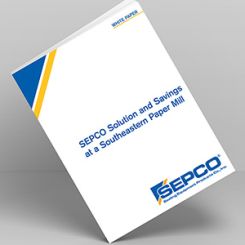 Despite recent rain and snowfall ushered in by El Niño, California still faces water scarcity that threatens the area's long-term water supply. The U.S. Drought Monitor indicates that, even after 58 inches of snow in the Sierra Nevada mountain range at the end of March, 73 percent of the state still endured severe drought conditions.
In light of the ongoing threat of water scarcity on the West Coast, the State of California has been implementing new techniques and technologies to ensure adequate drinking water supplies for years to come. Water reuse, in particular, has been a main method of conservation.
In 2014, the Santa Clara Valley Water District invested $72 million to create the Silicon Valley Advanced Water Purification Center, the largest facility of its kind in northern California. Employing what an article in The Atlantic refers to as "some of the most advanced technology in the world," the facility uses microfiltration, reverse osmosis (RO) and ultraviolet (UV) light to transform secondary-treated wastewater into 8 million gallons of purified water suitable for drinking every day.
During the microfiltration process, solids and microorganisms are filtered out through membranes made of fibers with pores that have a diameter of 0.1 micron, or about 1/300th of a human hair. The next step is reverse osmosis, where high pressure forces the water through membrane holes that filter out even smaller substances such as viruses, pesticides and pharmaceutical products. Finally, the cleaned water is passed through chambers that further disinfect by emitting powerful ultraviolet light.
According to a document from the water district, the benefits of this multimillion-dollar facility are crucial. Not only does the project create a locally controlled water supply, but it also increases water reliability, protects the region's groundwater supply and reduces wastewater discharge to the San Francisco Bay.
The Silicon Valley facility, examined on the following pages, represents one of a growing number of water reuse plants around the world. While there are still many stigmas surrounding the concept of water reuse, the process of recycling this precious resource is becoming more important every day.
The following outlines the step-by-step purification process in Silicon Valley, highlighting the intake and transfer pumps, microfiltration, reverse osmosis and ultraviolet disinfection.
Despite recent rain and snowfall ushered in by El Niño, California still faces water scarcity that threatens the area's long-term water supply. The U.S. Drought Monitor indicates that, even after 58 inches of snow in the Sierra Nevada mountain range at the end of March, 73 percent of the state still endured severe drought conditions.
In light of the ongoing threat of water scarcity on the West Coast, the State of California has been implementing new techniques and technologies to ensure adequate drinking water supplies for years to come. Water reuse, in particular, has been a main method of conservation.
In 2014, the Santa Clara Valley Water District invested $72 million to create the Silicon Valley Advanced Water Purification Center, the largest facility of its kind in northern California. Employing what an article in The Atlantic refers to as "some of the most advanced technology in the world," the facility uses microfiltration, reverse osmosis (RO) and ultraviolet (UV) light to transform secondary-treated wastewater into 8 million gallons of purified water suitable for drinking every day.
During the microfiltration process, solids and microorganisms are filtered out through membranes made of fibers with pores that have a diameter of 0.1 micron, or about 1/300th of a human hair. The next step is reverse osmosis, where high pressure forces the water through membrane holes that filter out even smaller substances such as viruses, pesticides and pharmaceutical products. Finally, the cleaned water is passed through chambers that further disinfect by emitting powerful ultraviolet light.
According to a document from the water district, the benefits of this multimillion-dollar facility are crucial. Not only does the project create a locally controlled water supply, but it also increases water reliability, protects the region's groundwater supply and reduces wastewater discharge to the San Francisco Bay.
The Silicon Valley facility, examined on the following pages, represents one of a growing number of water reuse plants around the world. While there are still many stigmas surrounding the concept of water reuse, the process of recycling this precious resource is becoming more important every day.
The following outlines the step-by-step purification process in Silicon Valley, highlighting the intake and transfer pumps, microfiltration, reverse osmosis and ultraviolet disinfection.
The Process of Purifying Water in Silicon Valley
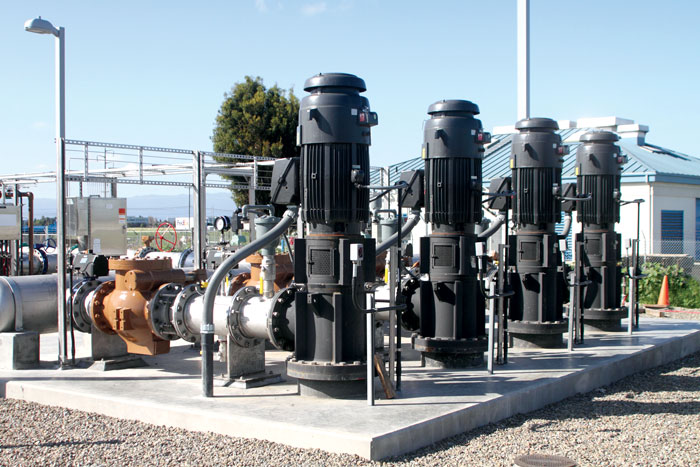
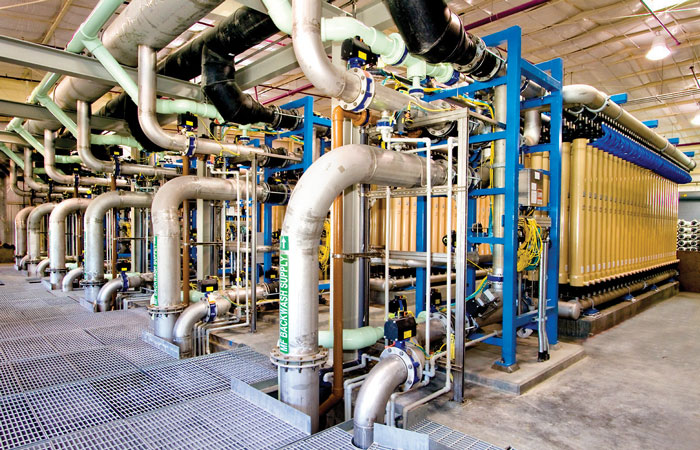
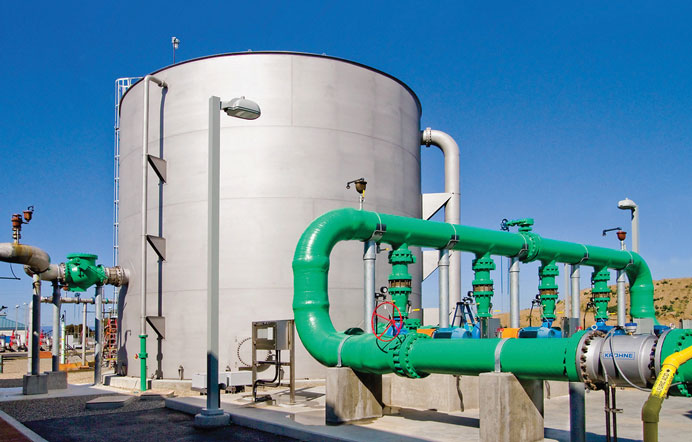
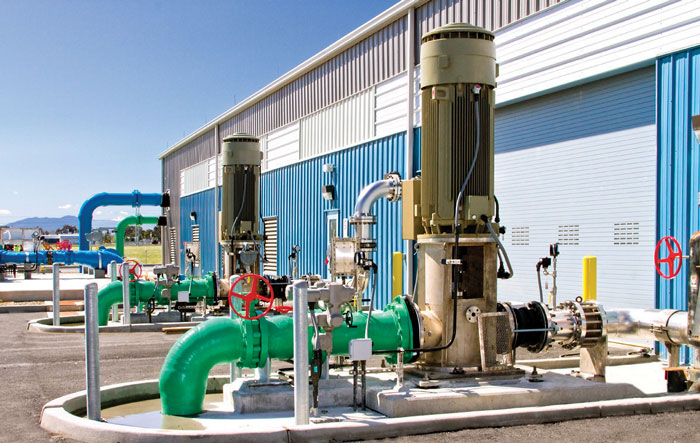
.jpg)
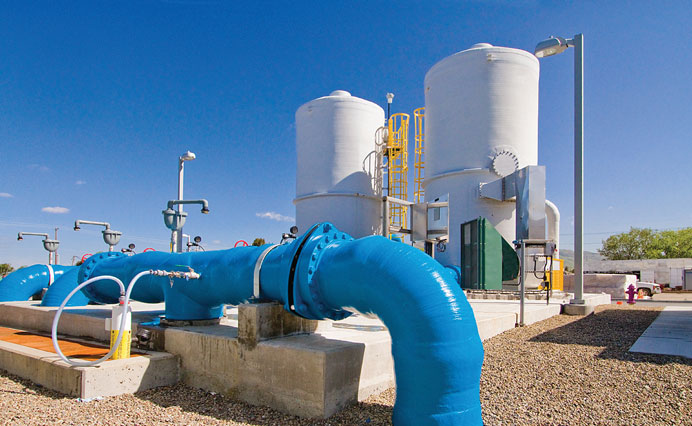
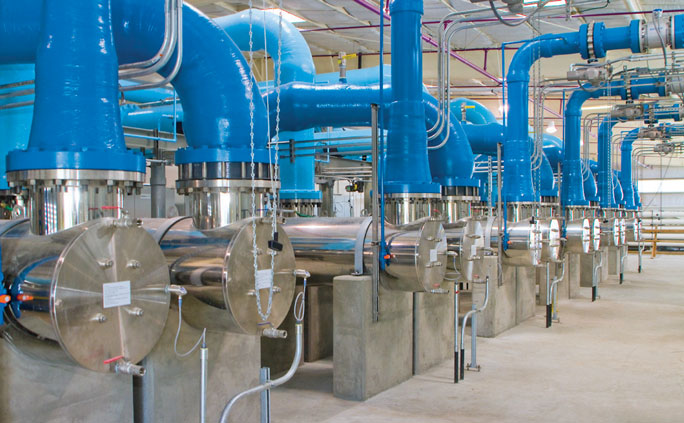
.jpg)

